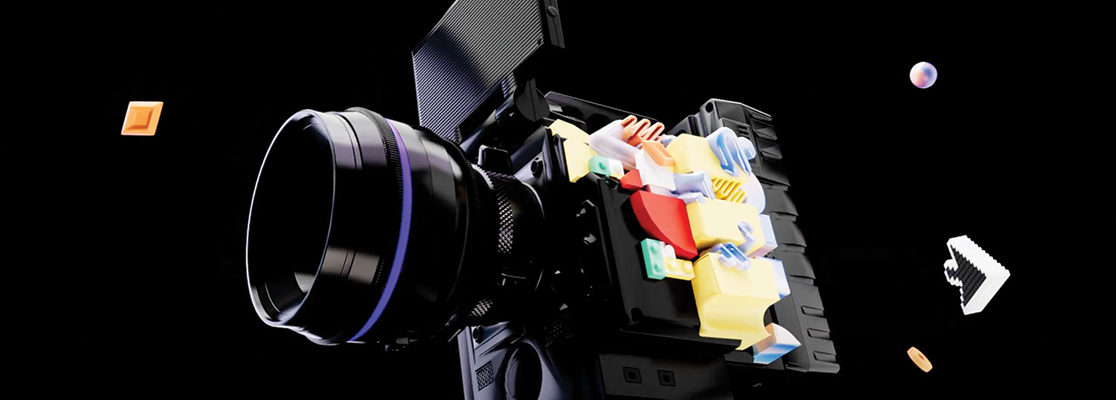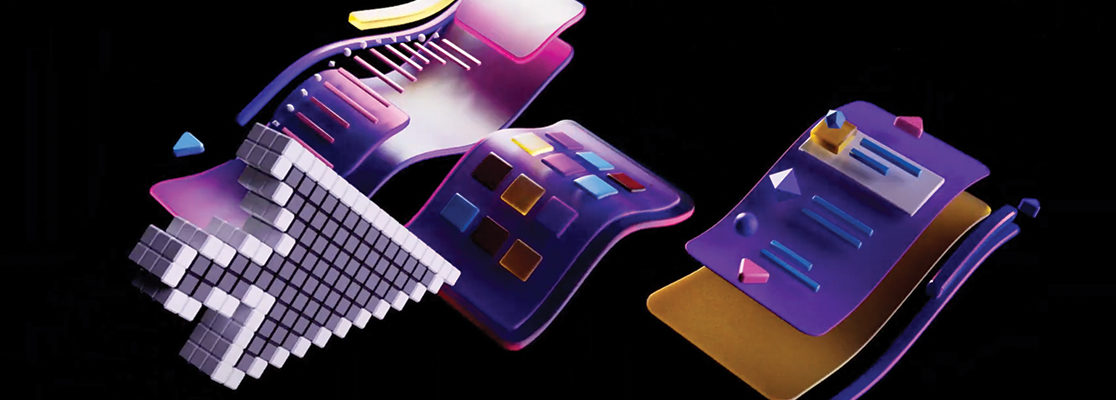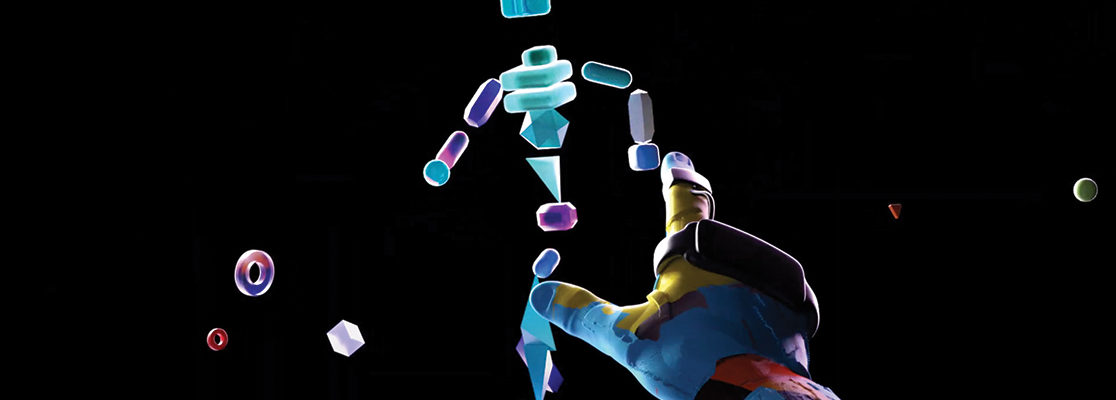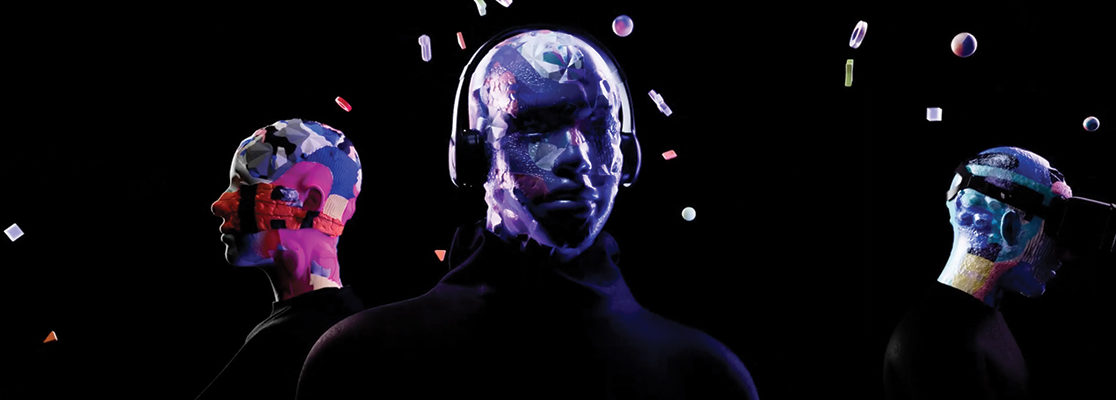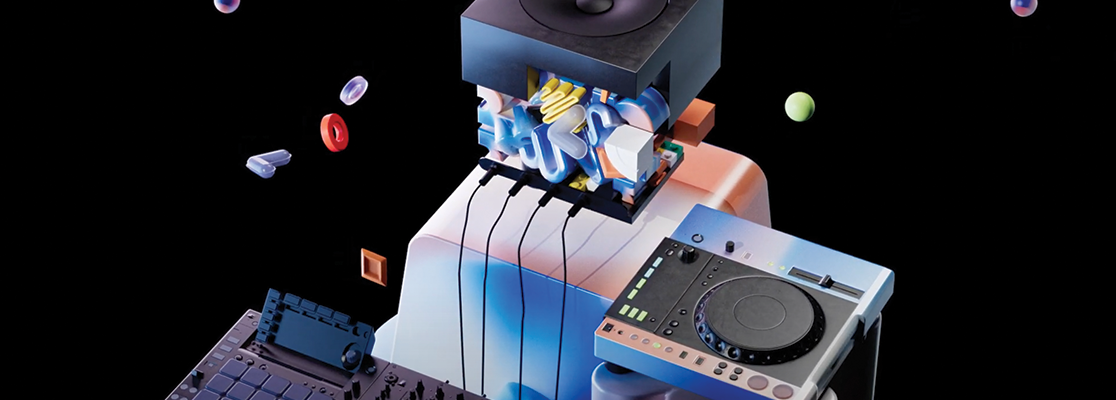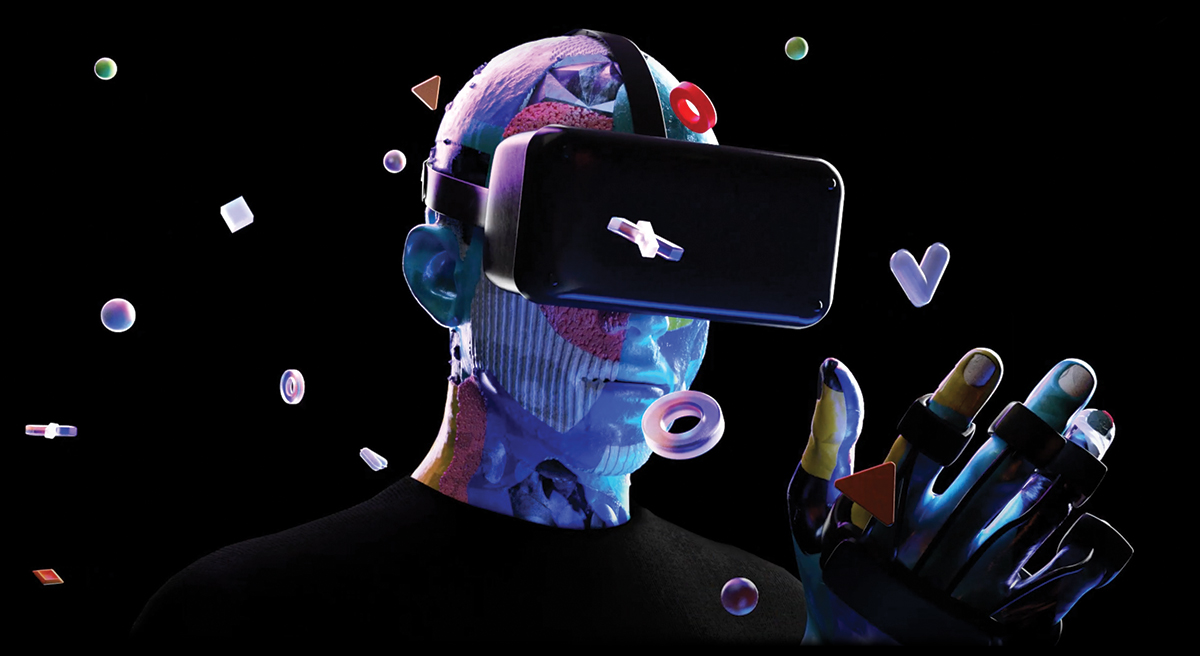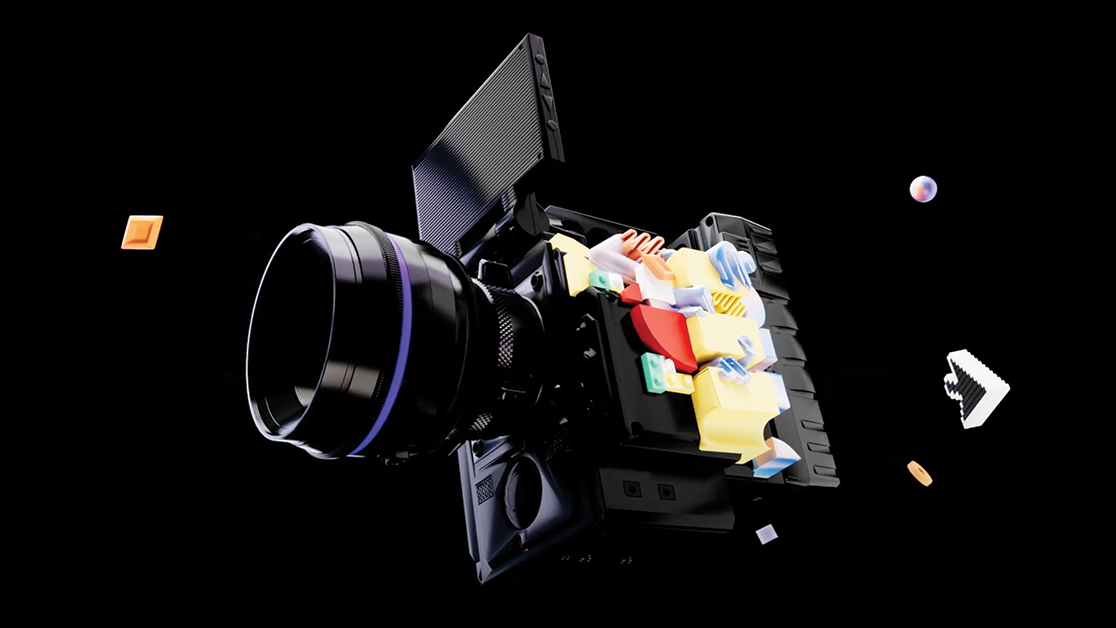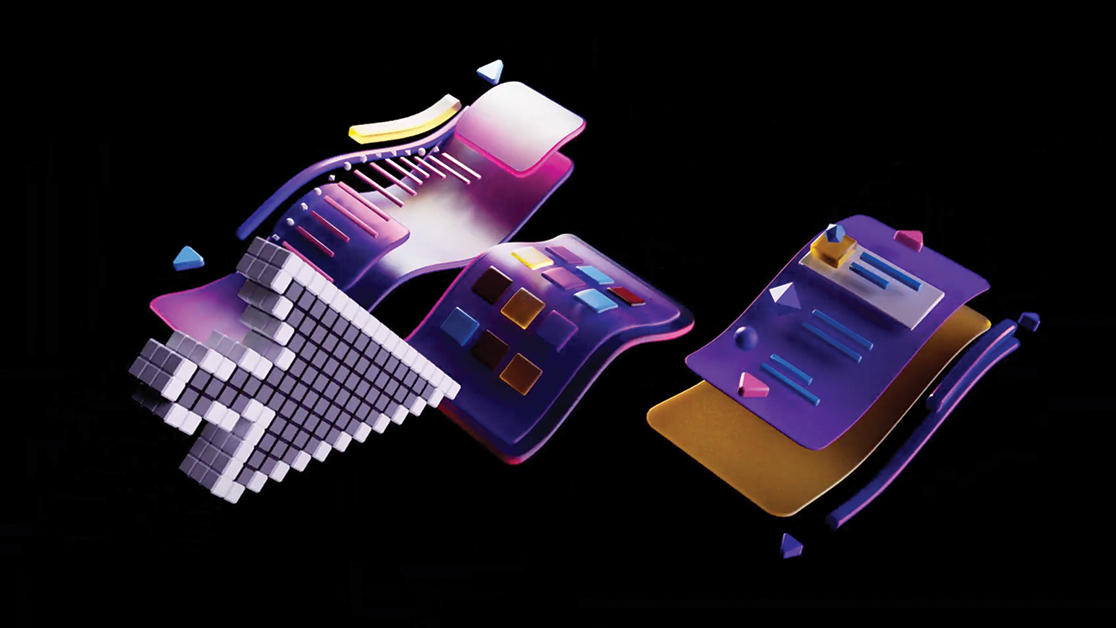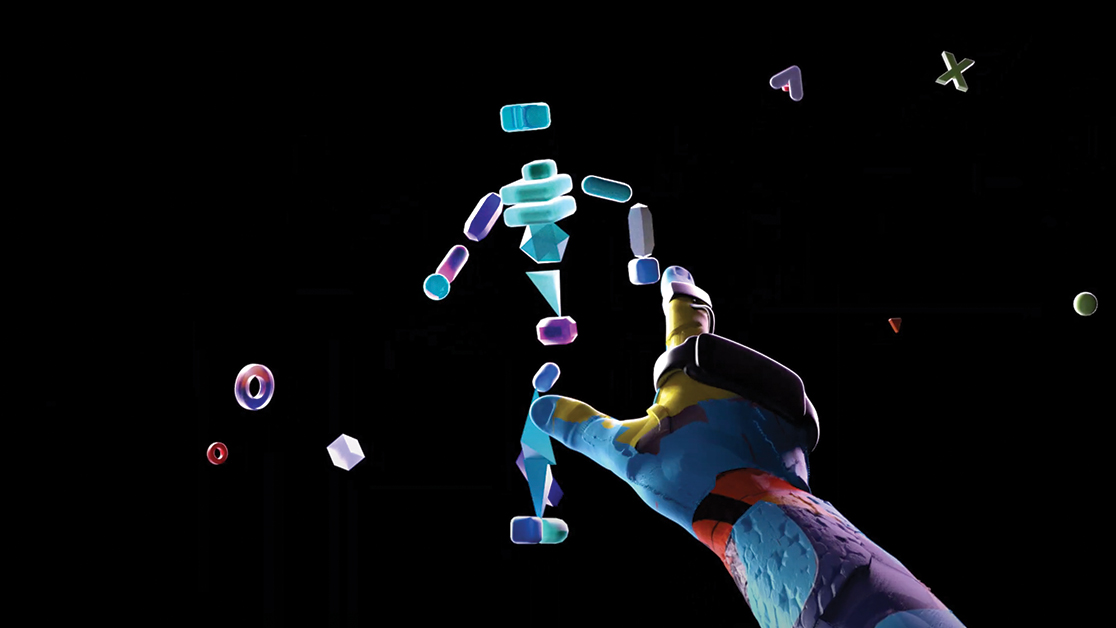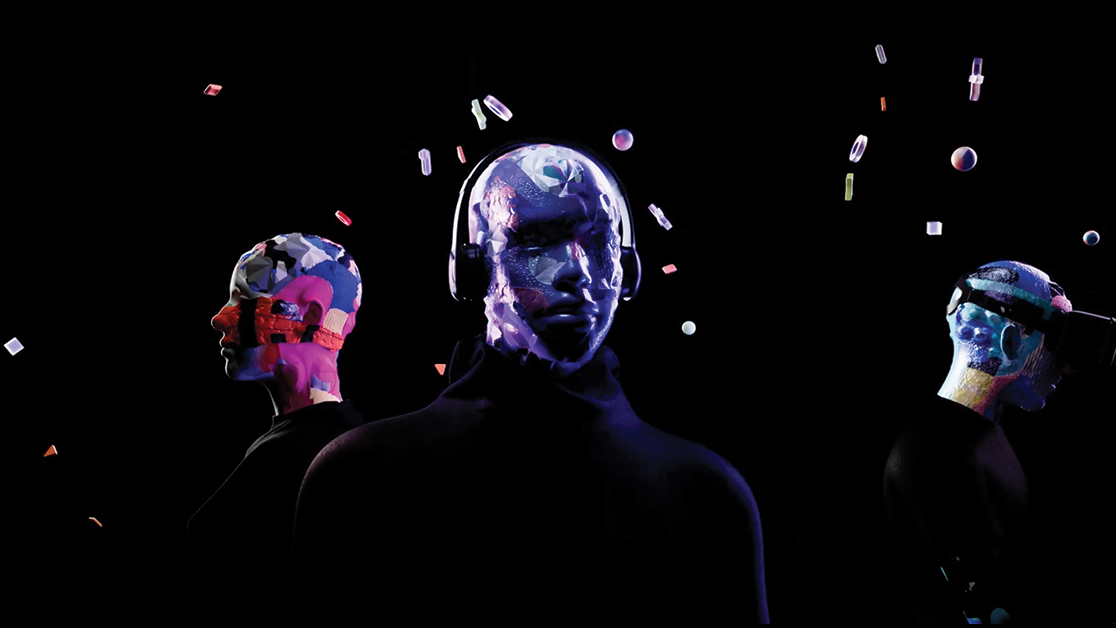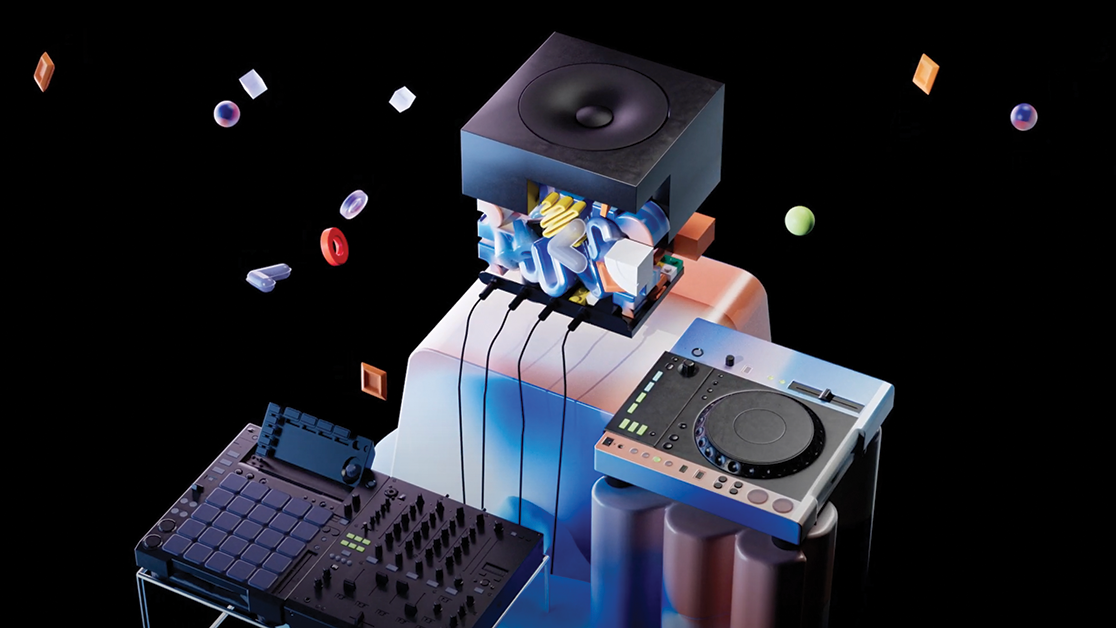The digital age has had a significant impact on the film industry from enhancing film making and marketing campaigns to enabling audiences to watch the latest blockbuster premieres from the comfort of their own homes. Studying Film Production at SAE can help you stay on top of the latest industry trends and tech and use this knowledge to help you kickstart a successful career in the sector. Get in touch to find out more.
From the latest visual effects to enhanced creative collaborations, the film industry and filmmaking process has been radically transformed by technology. If you compare many of the huge Hollywood blockbusters with the first silent movies, it’s clear that the sector has certainly come a long way over the last 100 years.
Our new blog will explore these changes and the emerging technologies pushing film production work forward. If you’re interested in finding out more about how our course can set you up for a film production career and stay on top of these latest developments, then contact our team now.
How has technology improved filmmaking over the years?
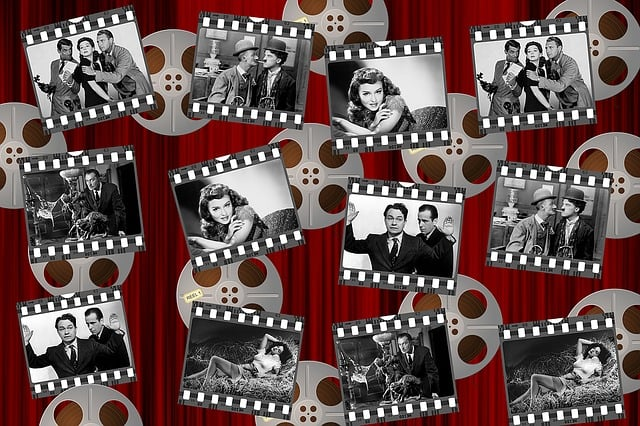
The development of film technology has played a significant role in helping filmmakers to reduce overall costs and enhance the speed at which films can be created.
Lower production costs mean there are more opportunities for independent filmmakers on smaller budgets to pursue their first feature film ideas outside of the mainstream film studio network too. In this situation, greater autonomy can lead to more creative freedom.
So what improvements has technology led to in the entertainment industry? Well, filmmakers can now shoot, edit, preserve and store digital copies of their content. Cloud storage costs significantly less and is far easier to manage, edit and maintain when compared with physical storage spaces. For film editors, digital content alongside the use of digital cameras and new image-capturing technologies, helps produce better quality content far quicker than older film production techniques too.
With filmmakers now completing their projects in less time with almost negligible waste, costs can be kept under control. As we will see, tech can also help film makers create jaw-dropping effects faster and more affordably than ever before.
Emerging Film Making Technologies
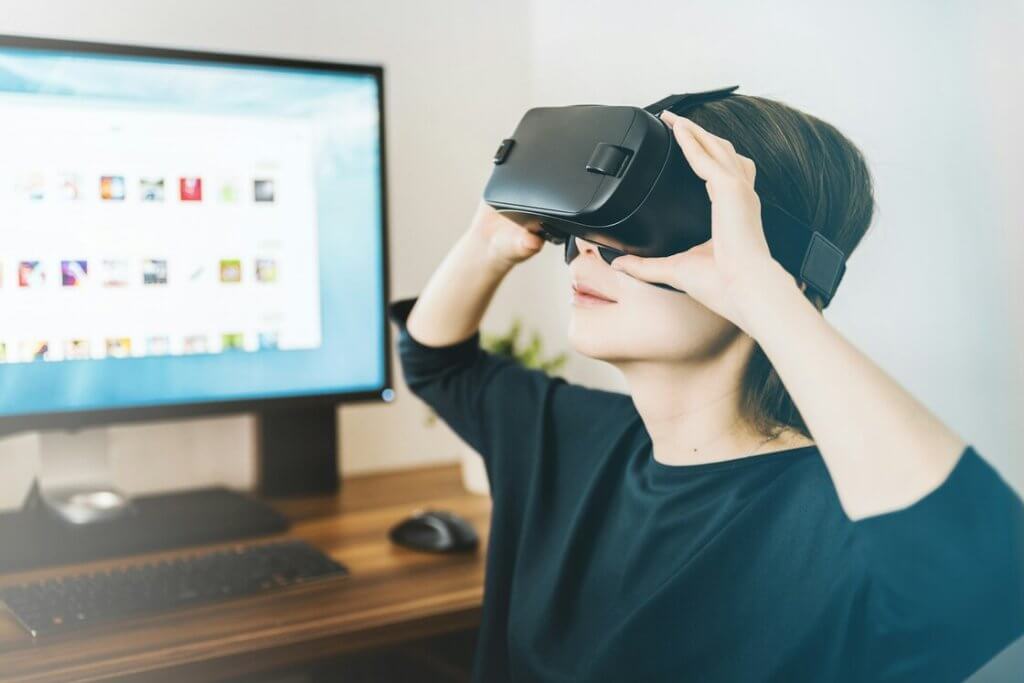
Let’s explore the different types of technological innovations that have emerged in recent years and what they offer creatives working within the film industry.
The Camera
The camera is front and centre of the filmmaking processing and developments surrounding this piece of equipment have led to plenty of new creative possibilities.
For example, dual camera VR is an innovative film shooting technology that marries reality with VR. By using this, one camera can film characters and their actions while another focuses on the environment surrounding them. Both views can then be integrated to create a realistic and immersive viewing experience.
3D and 4K-8K Technology
3D effects have helped transform the experience of watching fast-paced action films or science fiction dramas. Filmmakers can use Lucid camera, VR technology, and high-definition formats to shoot 3Dimensional videos with 4K or 8K resolution.
This helps filmmakers to create more realistic and high octane action shots alongside capturing more camera angles to offer the audience a more immersive cinematic experience.
Post-Production Editing
Post production is another area where digital tools can streamline the filmmaking process. Previously, adding digital effects to content could be a painstaking process but, thanks to digital processes, they can now be added to a shot easily.
This allows editors to work on entire sections of a film, piecing scenes together after the post production effects are added in including audio too.
AI screenwriting
Many writers of all kinds are utilising AI tools to help them in their creative process.
Dialogue and screenplays can even be written by AI – for example, the short film ‘Sunspring’ was written by an AI-powered robot called Benjamin.
While the impact of this on the wider film industry is yet to be gleaned (and might be concerning for those still wanting cinema to retain the human creative element), then there are AI tools to help speed up the creative process. If you’re running short of inspiration, then the likes of ChatGPT can be a great at prompting new ideas and concepts. Using these in tandem with your own writing skills is an effective way of working quickly.
3D Previsualisation
3D Previsualisation is a new process aimed at creating and displaying digital content with 3D software.
This enables film producers to get a view of what a physical set might look like in pre-production and can mean avoiding any costly errors. So assessing aspects of a film like lighting, camera placement and movement, and stage direction before commencing production.
By working digitally, this also offers greater scope for collaboration with stakeholders from a variety of sectors with different skill sets.
3D Printing
Originating outside the film industry, 3D printing can overhaul prop and costume design, providing intricate, customisable objects with time and cost savings. Fast & Furious is among the important films that have used 3D printing lately.
The technology has been used to turn filmmakers’ digital visions into fine-grained 3D models which are significantly cheaper than the ‘real thing’.
Real-Time Rendering
Real-time rendering stems from the world of video games and is an essential part of a smooth workflow where digital and physical elements are being utilised.
The key benefit is that any graphics created in this way can be manipulated at the time rather than needing to be updated in post-production.
Internet of Things (IoT)
IoT solutions are increasingly integrated into film sets, supporting crew monitoring, equipment tracking, and potentially enriching the audience’s viewing experience with personalised, location-aware content.
Machine learning
Machine learning can be used to analyse large data sets, for example past box office sales. This information can be used in developing promotional campaigns to target audiences more effectively.
Machine learning algorithms are also employed to create personalised recommendations for viewers on streaming platforms, taking into account individual preferences and viewing habits.
Remote filmmaking
As tech enhances and improves, there’s more scope for remote filmmaking.
This can open up new creative and resource-saving opportunities. Physical film stock and expensive post-production equipment is no longer required while filmmakers can now shoot, edit, and distribute their work using readily available digital tools.
Augmented reality
The development of AR follows a similar path with virtual reality. It offers audiences an enhanced experience by superimposing images onto real objects and entities.
This means that the future of filmmaking could be one that is more interactive and personalised. Pokemon Go could be indicative of the future of film – so creating a piece of an experience where audiences are asked to connect their physical reality with a virtual one via their mobile phones.
Multi-Dimensional Movie Technology
In the film industry of the nineties, 3D glasses seemed like an important emerging technology. Since those early days, we have seen an incremental change in multi-dimensional movie technology and reached a stage where the 3D viewing experience is viable without external headsets.
Now we have moved to 7D or 8D movies, where viewers can experience computer- controlled swing, shake, fall, rise, spray water, air, and other special effects.
Film Distribution
Digital technology has not only transformed how films are made but also how they are viewed with audiences.
An Over the Top (or OTT) platform such as Amazon or Hulu can be contacted directly by film producers, meaning they can they target audiences outside of traditional cinemas or multiplexes.
It also allows filmmakers to distribute their movies to a larger audience with almost no additional cost.
Future of Film Technology
As we can see from these innovations, the future of film is an exciting one, thanks to the many emerging technologies and the possibilities they provide.
Many – such as VR, AI and machine learning – are still in their early stages of development with the full potential yet to be realised.
Outside of the production process, there are other potential benefits, particularly as creative industries look to reduce their carbon footprint. Camera equipment can now be more sustainable while other eco-friendly practices like LED lighting and electric vehicles are growing in demand.
With 2024 now here, there looks likely to be no let up in the rates of technological change and development within the film industry.
STUDY FILM Production at SAE
If you want to work in film production in the film industry, get to grips with the latest video editing software and hone your skills in a uniquely collaborative environment, then our Film Production degree could be for you.
With high-end digital cinema cameras and production suites, our facilities and expert tutors are well placed to give your career the best possible start in this fast-paced and dynamic industry.


